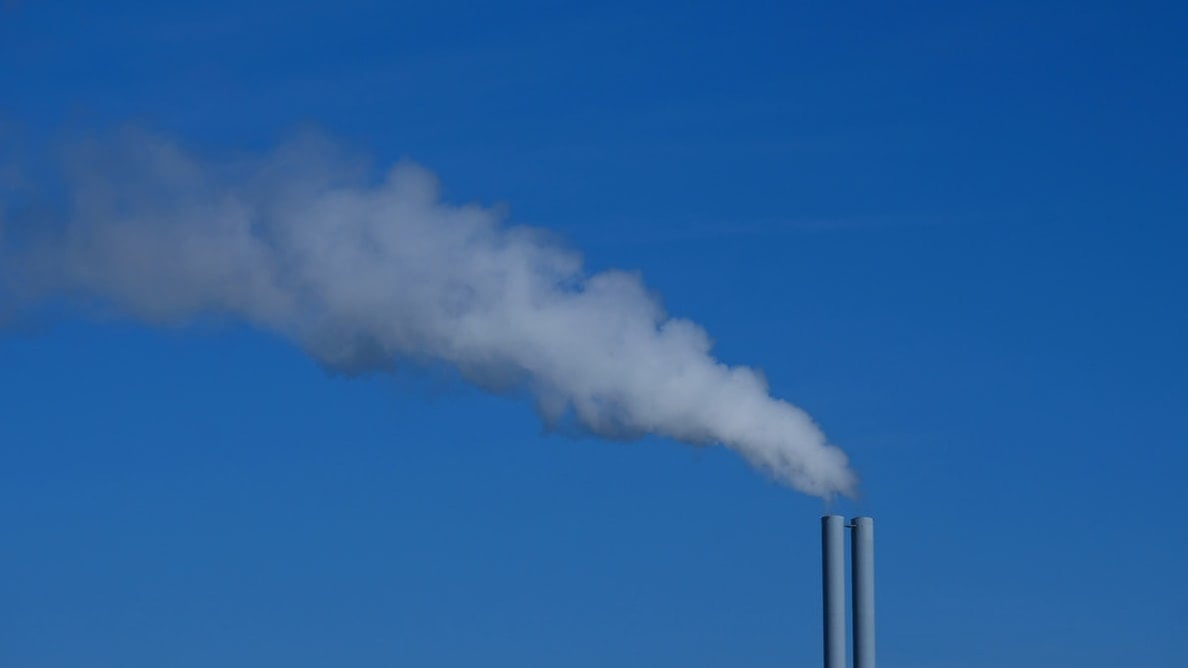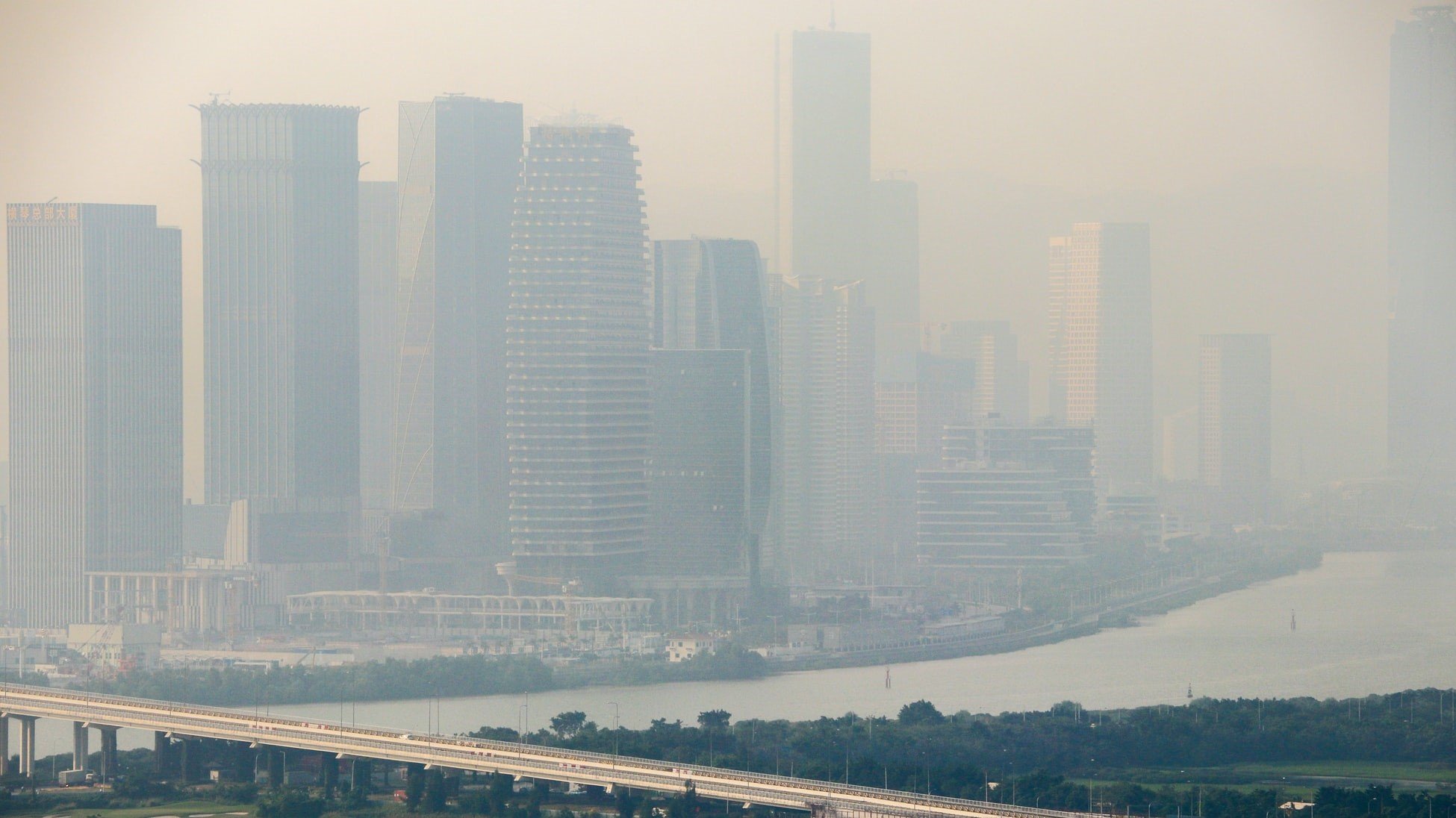Newsletter
Air pollution is the biggest threat to our health today. One of the leading causes of illness and death worldwide, around seven million people die prematurely due to air pollution every year. Widespread air pollution is responsible for:
- Over 91% of the global population breathing unsafe air
- A $225 billion drain on the world economy in 2013
- 40% of the world’s asthma cases
Another major concern of air pollution is its correlation with climate change. On the one hand, the emission of certain pollutants contributes to climate change, while on the other hand, the warming climate increases levels of some contaminants. This relationship can have devastating consequences, especially as global temperatures continue to rise.
With so much at stake, understanding air pollution is essential. We should ask ourselves:
- What, exactly, is air pollution?
- Where does it come from?
- How does it affect my loved ones?
- Most importantly, how do I protect my family from air pollution?
Answering these questions is the first step towards a healthier for you and your family. This post will give you the rundown on air pollution to help you understand air quality issues. Feel free to click on the chapter names and jump to the part that interests you the most.
Table of Contents
What Is Air Pollution?
When most people hear the term, “pollution,” they picture smog hanging low over city buildings and factories belching out smoke and soot.
The basic definition of air pollution is:
Air pollution is a mixture of substances in the air that adversely affect humans and the environment.
However, the problem of air pollution is not as simple as this definition implies, and the air pollution crisis the world faces today is nuanced and complex.
Air pollution isn’t a uniform entity. There is a range of pollution types, from a variety of sources, often depending on geographic area and other factors. Pollution can also vary over relatively small distances, even within the urban area. The air in one city is often vastly different from the air of another city, even in the same region.
What Are the Different Types of Air Pollutants?
We are exposed to many kinds of pollution every day. While some are harmless at low levels, others can harm us at any concentration.
The five primary pollutants to pay attention to are:
- Ground-level ozone (O3) - Ground-level ozone is the main ingredient for smog. Because it forms from other pollutants in the presence of sunlight, ground-level ozone is most dangerous on bright, sunny days. However, we should always be cautious; ground-level ozone can reach high levels even in the winter.
- Nitrogen oxides (NOx) - Nitrogen oxides, like nitrogen dioxide, produce other pollutants like particulate matter and ground-level ozone. It is often made by burning fuel, so levels of nitrogen oxides are usually high around roads and industrial areas.
- Carbon monoxide (CO) - Although many people think of carbon monoxide as an indoor pollutant, it’s also a common outdoor pollutant formed by burning fossil fuels.
- Sulfur dioxide (SO2) - Sulfur dioxide, part of the sulfur oxides (SOx) group, is made through the burning of fossil fuels containing sulfur. Levels of sulfur dioxide are usually higher near power plants and factories where fossil fuels are used.
- Particulate matter (PM10 & PM2.5) - Particulate matter is specks of dust in the air we breathe. Most particulate matter is formed by reactions and combinations of other pollutants in the air. The most dangerous kind, PM2.5, can enter our lungs and bloodstream, causing severe medical complications.
Where Does Air Pollution Come From?
Air pollution comes from a variety of sources. The source often depends on the type of pollution we're talking about.
There are some natural sources of air pollution, including:
- Volcanoes
- Forest fires
- Biological decay
- Lightning strikes
- The ocean
- Dust storms
However, much of the air pollution we breathe is man-made. With the rise of industrial cities and our current reliance on fossil fuels, humans produce many harmful substances through manufacturing, transportation, and agriculture.
Significant sources of man-made air pollution are:
- Vehicles, like cars, buses, and airplanes
- Power plants
- Factories
- Refineries
- Fireplaces and cookstoves
- Agricultural activities, including livestock waste, slash-and-burn agriculture, and fertilizer
- Deforestation
Some pollutants are created by other pollutants. For example, ground-level ozone and particulate matter are created by substances like nitrogen dioxide. When certain compounds get to high levels, the energy from sunlight can generate a chemical reaction to produce even more pollution.
Scientists are continuing to study the sources of air pollution to find effective ways to combat this serious issue.
Health Effects of Air Pollution
One of the most concerning aspects of air pollution is its impact on our bodies. Air pollution can instigate a host of medical issues, even in healthy adults. On heavy-pollution days, pollutants in the air can make it difficult to breathe and irritate our eyes, nose, and lungs. Certain pollutants, like PM2.5, even cause cancer.
Exposure to air pollution can cause or worsen:
- Cancer (lung and bladder)
- Lung and cardiovascular disease
- Reduced lung functioning and breathing difficulties
- Asthma and bronchitis
- Ischemic heart disease and stroke
- Acute lower respiratory infections
- Chronic obstructive pulmonary disease
- Pregnancy complications
- Premature death
Air Pollution Damages Children’s Developing Lungs
In kids, air pollution can do even more damage.
Children’s lungs and immune system develop rapidly throughout childhood and adolescence. In fact, 80% of the air sacs in their lungs develop after they are born. When air pollution enters the developing lungs of your little one, it can damage these delicate structures and prevent their lungs from fully growing. This damage results in life-long consequences, including an elevated risk of lung infections. The impact of air pollution on the lungs of children was found by Southern California Children’s Health to be comparable to parental tobacco use.
Kids also spend more time outside, on average, and are more active than adults. Exercising during pollution-heavy times allows air pollutants to penetrate deep into your kid’s lungs, which can cause severe respiratory damage.
Long-term exposure to air pollution in children can:
- Reduce their lung capacity
- Create or worsen asthma symptoms
- Damage their lungs, liver, heart, and central nervous system
- Increase the risk of lung disease and cancer
Because of children’s susceptibility to air pollution, parents need to be informed and especially wary of air pollution.
How To Protect Against Air Pollution
Air pollution is an enormous problem around the world, but there are some key steps we can take to reduce the impact of air pollution on our families.
Access Air Quality Readings in Your Area
Air quality can vary greatly over distance and time. Pollution can also be significantly higher at certain times of the day than others. Limiting the amount of time we spend outside during high pollution periods can protect our health from air pollution. But how do we know when pollution is harmful?
Many governments and organizations have set up air quality monitoring stations around the world, often publishing daily readings online for your use. Checking the air quality data for our area can help us know air pollution levels are elevated, and when it is safe to go outdoors.
Similarly, there are air quality apps we can use to monitor our air on the go. Some free apps with accurate and reliable data are:
Wear a Pollution Mask
There are times where we have to venture out into smoggy air. To protect your lungs from particle and chemical pollution, you should wear a pollution mask. Worn over the face, pollution masks remove the worst of the pollution from the air you’re breathing before it enters your lungs.
Setup an Air Purifier
Many pollutants, including particulate matter, can be filtered out of our air. Air filters, like HEPA filters, can remove particulates and other pollutants from your air, reducing your exposure to air pollution that seeps into your home.
People spend most of their time indoors; therefore, keeping our indoor air free of harmful pollutants is key for healthy living. Air purification is vital for parents, as children are especially susceptible to air pollution. Arming yourself with an air purifier can protect your loved ones from constant exposure to air pollution by reducing pollution levels inside your home.
Invest in an Air Quality Monitor
While air purifiers and air quality apps help protect us from air pollution, they don’t always tell us the full story. Outdoor air quality monitoring stations, while becoming more prevalent, are not as common as we may think. You may be living in an area without an outdoor monitoring station, and you can’t rely on a distant station to tell you what’s in your air.
This is where an air quality monitor comes in handy. Investing in a personal air quality monitor will tell you precisely what is in your air. Some even link to an app to give you portable access to your air quality readings. With an air quality monitor, you will have relevant data to make better-informed decisions about your daily activities, including when you should turn your air purifier on, open or close your windows, and keep your kids indoors.
Looking Ahead: What Are We Doing To Fix Air Pollution?
Air pollution is a significant problem faced by people around the world, and it’s going to take an enormous effort to curb this crisis. Luckily, there are some positive movements towards a healthier future.
World leaders and organizations, like the UN and WHO, are promoting awareness of air pollution through global initiatives. For example, the United Nations Environment Programme announced the BreatheLife campaign to end air pollution and dedicated 2019’s World Environment Day to air pollution. The goal is to empower people through education and connect cities through air quality monitoring.
Some governments and organizations are beginning to step up to the plate and deal with one of the biggest challenges to ending air pollution: inadequate and fragmented air quality monitoring data. While many governments have outdoor monitoring stations, the air quality data often has low geographical coverage. Many governments also don’t share air quality information with other governments, leading to a puzzle-like picture of global air quality.
Moving forward, some governmental organizations are pledging to tackle air pollution through monitoring and research. Efforts like the Plant a Sensor project and other endeavors aim to increase the air quality information available for research to locate and eliminate sources of air pollution.
Kaiterra is also working to improve air quality data availability through our indoor and outdoor monitoring solutions. Leveraging our network of monitors worldwide, we are able to gather accurate air quality data to share with global researchers and scientists.
Air quality monitoring is the first step towards a healthier, pollution-free future. Kaiterra is actively working to help stop air pollution, and we hope you can join the movement in any way you can!






.png?width=200&height=148&name=Menu%20C%20(2).png)

.png?width=307&height=228&name=Menu%20-%20D%20(1).png)
.png)




